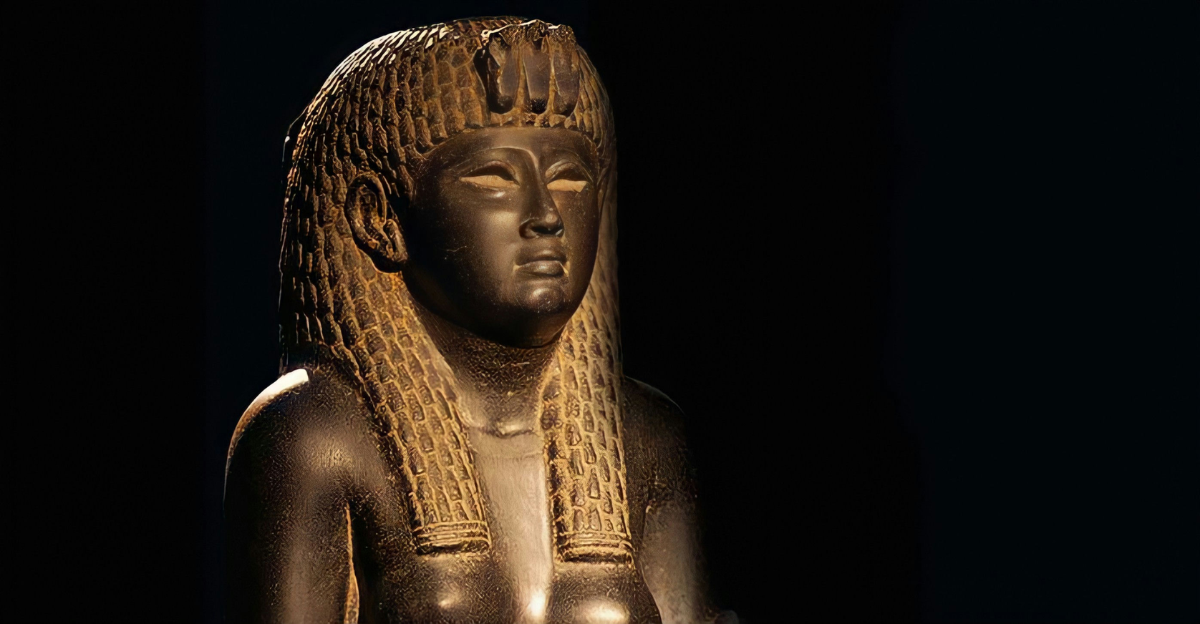
The Bible recounts the histories of many kings, prophets, and rulers. For centuries, skeptics doubted many of these stories, considering them legend or myth.
Today, repeated archaeological discoveries bridge the gap between faith and fact. Researchers have uncovered ancient inscriptions, city ruins, royal tombs, and everyday artifacts that confirm real people and events described in Scripture.
Dr. Nelson Glueck, a leading 20th-century archaeologist, once stated, “Scores of archaeological findings have been made which confirm in clear outline or exact detail historical statements in the Bible.”
So, here are the 15 Legendary Bible Figures Validated By Archaeological Finds
1. King David

For years, some saw King David as only a figure in stories. Then, in 1993, archaeologists at Tel Dan in northern Israel uncovered a stone slab inscribed in Aramaic referencing the “House of David,” commemorating a victory over David’s royal line.
Dr. William F. Albright commented, “Archaeology has confirmed the substantial historicity of Old Testament tradition.”
The Tel Dan Stele remains the earliest non-biblical evidence supporting the Davidic dynasty.
2. Pontius Pilate
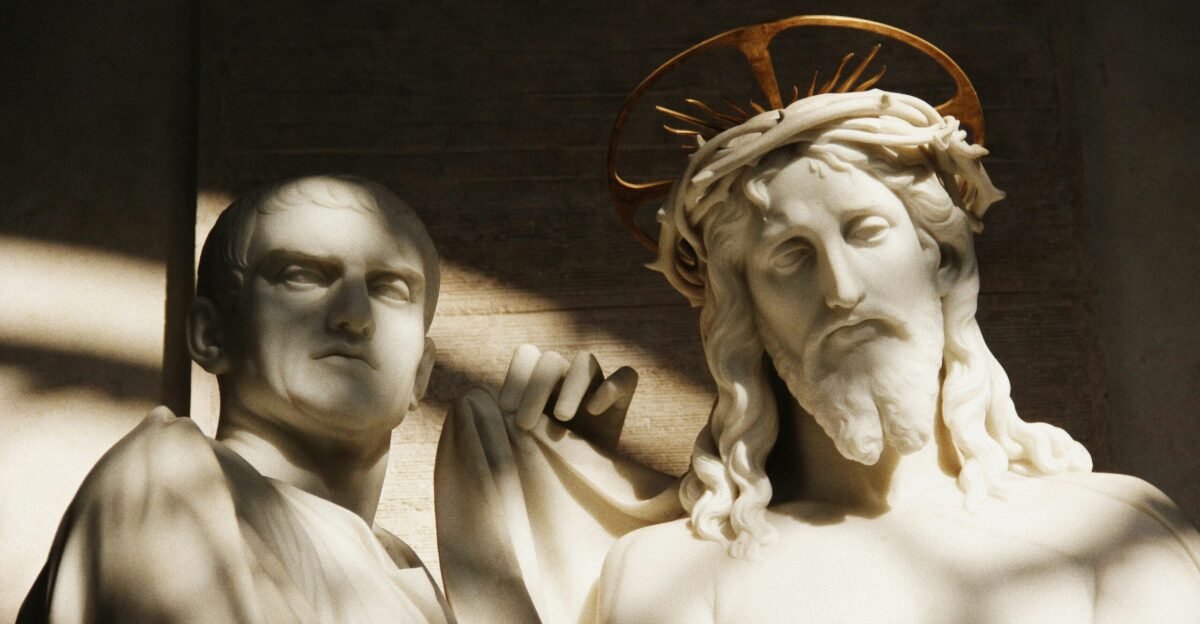
Until 1961, Pontius Pilate, known mostly for sentencing Jesus, appeared nowhere in physical records outside the Bible and ancient historians.
This changed with the Pilate Stone, found in Caesarea Maritima, bearing an inscription that reads “Pontius Pilatus…prefect of Judea.” The stone was likely originally part of a dedication to Emperor Tiberius and dates to Pilate’s time in office.
This artifact, now in the Israel Museum, provides unique, contemporary evidence that Pilate was a real prefect in Judea as described in the Gospels, bridging the gap between written records and material proof.
3. Caiaphas
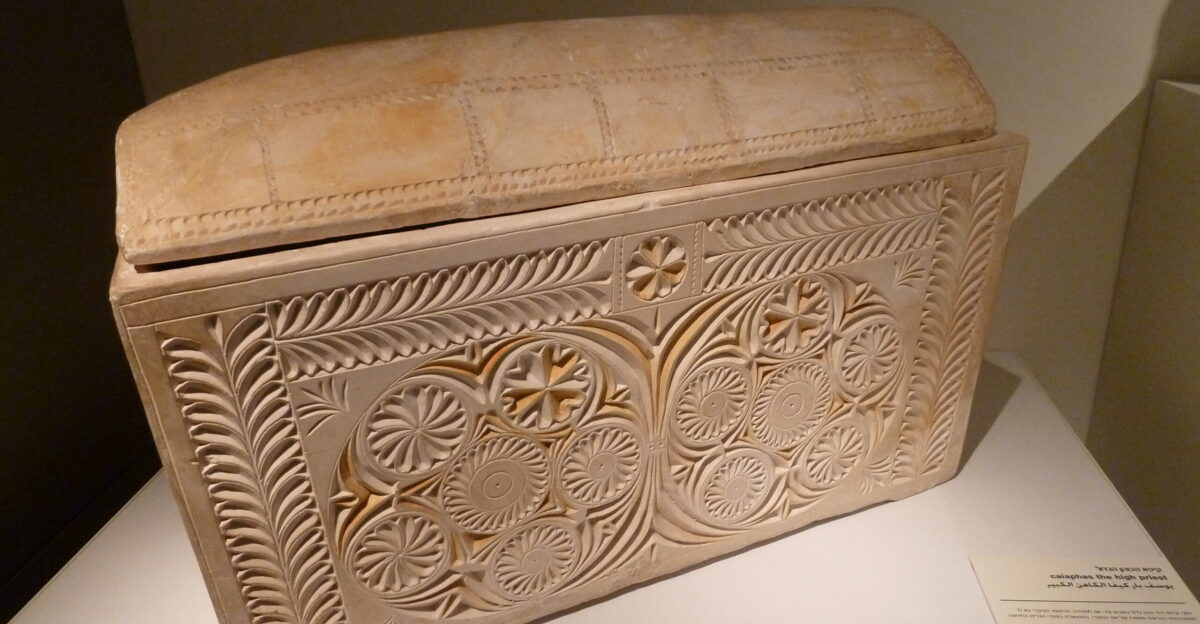
Joseph Caiaphas, the high priest who presided over Jesus’s trial, was identified in a 1st-century decorated ossuary found in Jerusalem in 1990.
Inscribed “Joseph son of Caiaphas,” it contained the bones of a 60-year-old man, alongside other family members, and was found in a burial cave near Jerusalem. The ornate box and its Second Temple context match what the Bible describes: Caiaphas as a wealthy, powerful priest.
Dr. Glueck’s words fit well—”Proper evaluation of Biblical description has often led to amazing discoveries,” like this direct tie to a New Testament figure.
4. King Hezekiah
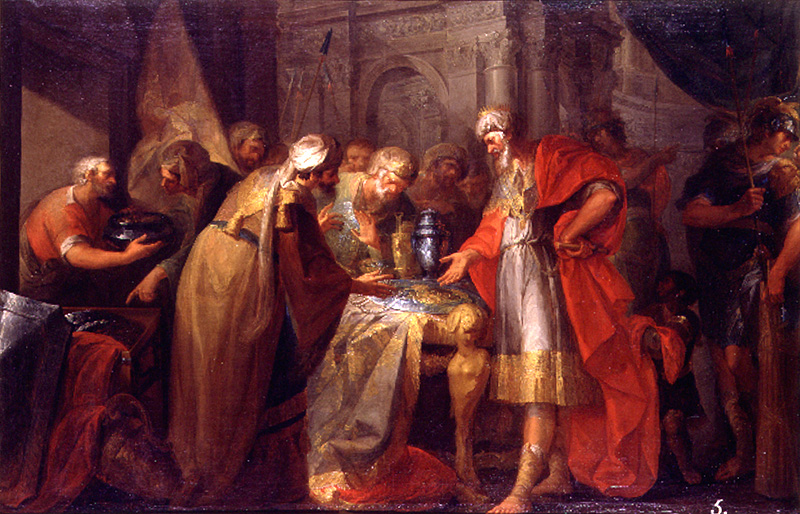
King Hezekiah strengthened Jerusalem’s defenses against Assyrian invaders and engineered a famous water tunnel.
Archaeologists found a clay seal (bulla) with his name and title in excavations near the Temple Mount. The seal read, “Belonging to Hezekiah, (son of) Ahaz, king of Judah.” These finds match the biblical narrative and confirm the accuracy of ancient records.
As Dr. Bryant C. Wood emphasized, “In every instance where the findings of archaeology pertain to the Biblical record, the archaeological evidence confirms… the historical accuracy of Scripture.”
5. Sennacherib

The Assyrian king Sennacherib led a brutal siege against the city of Lachish in Judah in 701 BCE. Multiple sources confirm this event: reliefs from Sennacherib’s palace at Nineveh vividly depict the siege, siege ramps, and the defeat of the city; destruction layers found by archaeologists match these accounts. Both Assyrian annals and the Bible detail the campaign, making this one of the most well-documented battles of the ancient world. In support, Dr. Albright maintained that even when archaeological methods advance, “the substantial historicity of Old Testament tradition “remains intact.
6. Nebuchadnezzar II

Nebuchadnezzar II was a powerful Babylonian king whose attacks on Jerusalem changed Jewish history forever.
Archaeologists have discovered ancient clay tablets with cuneiform writing that talk about Nebuchadnezzar’s siege of Jerusalem, the removal of King Jehoiachin, and events that match what the Bible says in 2 Kings 24.
There are also many bricks and clay cylinders with Nebuchadnezzar’s name on them, showing he rebuilt large parts of Babylon.
Historian Lawrence Mykytiuk stresses that many biblical figures “appear in inscriptions written during the period described by the Bible and… close to the lifetime of the person identified.”
7. Tiglath-Pileser III
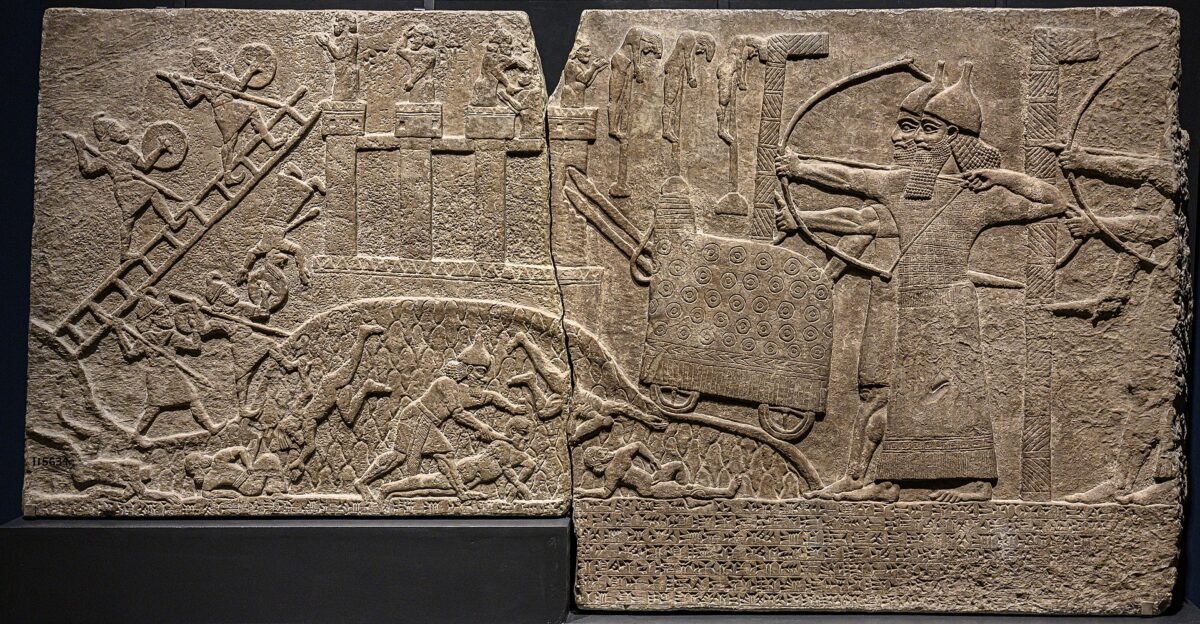
Tiglath-Pileser III was a powerful Assyrian king who wanted to grow his empire as much as possible. He led his armies into lands like Israel and Judah, winning many battles and forcing nearby countries to pay him money and obey his rule.
Archaeologists found ancient clay tablets and carvings in his palace at Nimrud, which tell about his victories, cities he conquered, and people he moved from their homes to other places.
8. Shalmaneser V
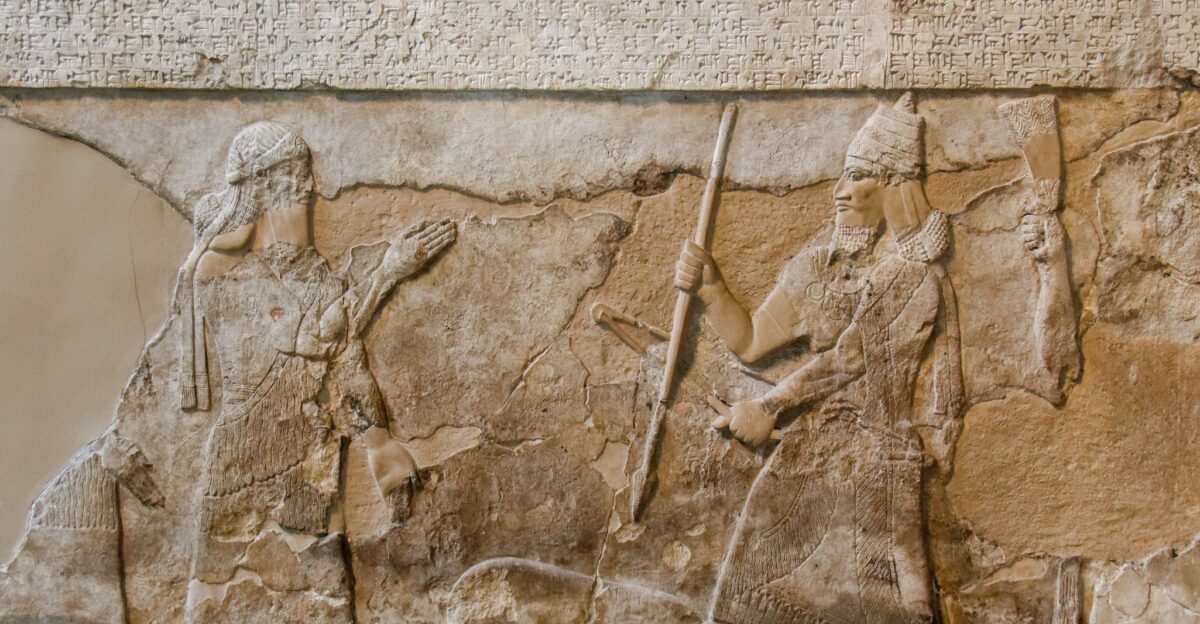
Shalmaneser V was an Assyrian king who played a significant role in ending Israel’s northern kingdom. Although he didn’t leave behind many inscriptions himself, we know about him from Assyrian and Babylonian king lists and chronicles.
When King Hoshea of Israel rebelled and stopped paying tribute, Shalmaneser V invaded and laid siege to Israel’s capital city, Samaria. The siege lasted about three years.
Eventually, Samaria fell, and many Israelites were forced to leave their homeland and were exiled to Assyria.
Archaeologists have found layers of burned debris and ruined buildings in ancient Samaria that match this event, proving that the city was destroyed around the same time the Bible describes
9. Jehu

Jehu was a king of Israel and is famous for being shown on an ancient stone monument called the Black Obelisk.
This monument, discovered in Nimrud, shows Jehu or his messenger bowing down in front of the powerful Assyrian king, Shalmaneser III.
The monument’s writing says that Jehu brought valuable gifts to the Assyrian king as a sign of his acceptance of the king’s authority.
10. Cyrus the Great
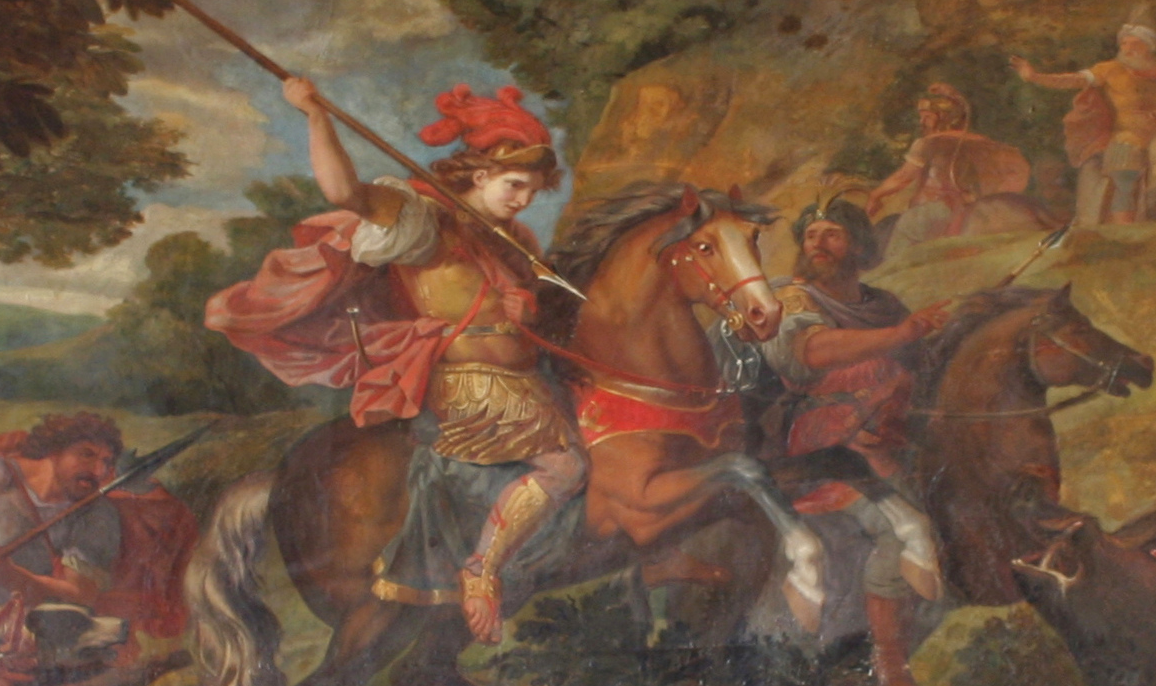
Cyrus the Great was the mighty Persian king who allowed the Jewish people to return home after they had been taken captive in Babylon.
We know Cyrus was honest because archaeologists found the Cyrus Cylinder buried in Babylon.
The cylinder has writing that tells us Cyrus let conquered peoples, including the Jews, go back to their lands and worship as they chose, just like the Bible says.
Cyrus’s grand tomb still stands in Pasargadae, Iran, showing he was an essential historical ruler. These discoveries prove Cyrus’s kindness and leadership were absolute, not just a legend.
11. Herod the Great
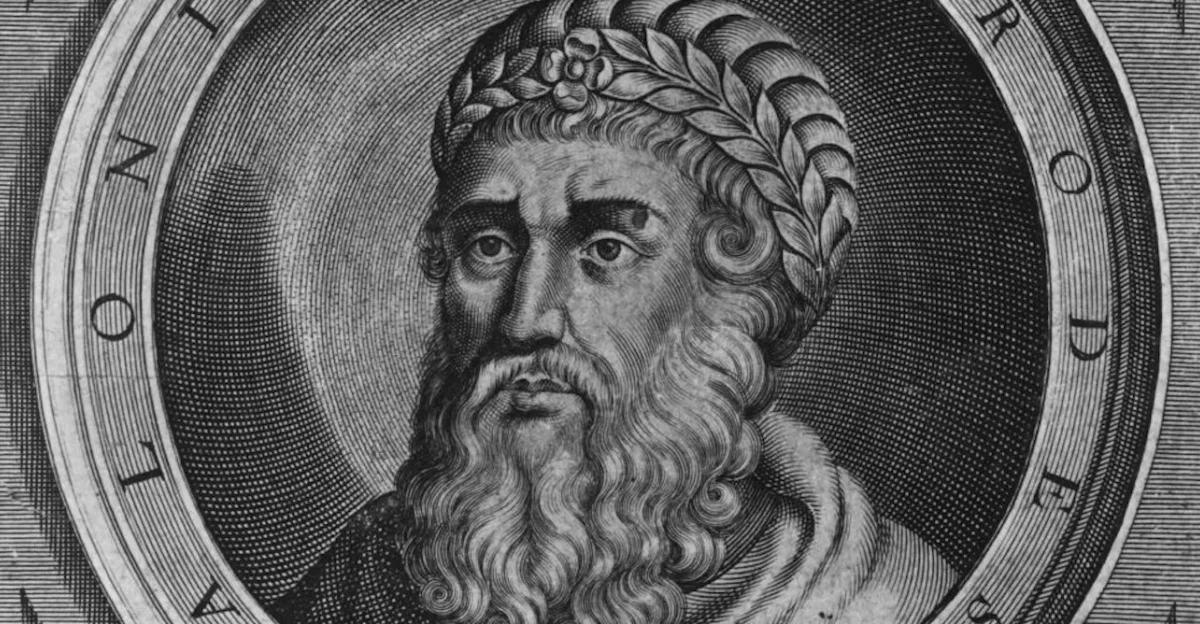
Herod was a famous king who built huge palaces and expanded the Temple in Jerusalem. After he died, he was buried in a large tomb called Herodium, an artificial hill and fortress south of Jerusalem.
Archaeologists found pieces of his tomb in 2007, including the remains of his mausoleum and a special sarcophagus that was once beautifully decorated.
Even though the tomb was later broken apart, it still showed how grand and ambitious he was, just as the Bible and historical writings describe.
12. Jeroboam II
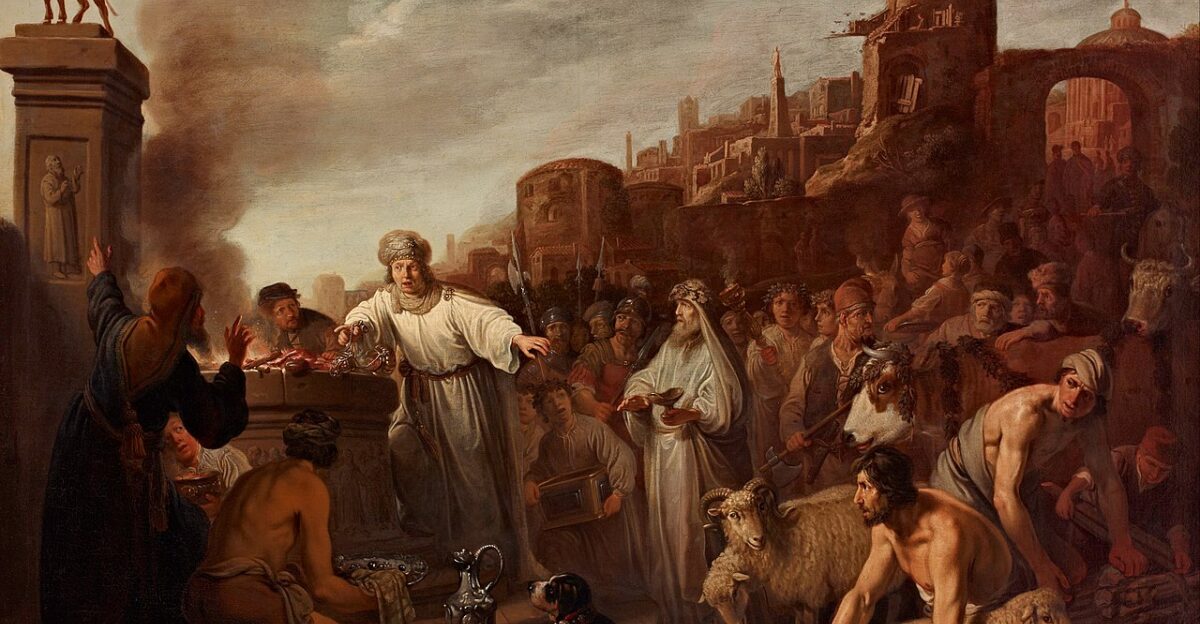
Jeroboam II was an essential king in northern Israel, and tangible evidence of his time was found in a small clay seal called a bulla.
This clay bulla has ancient writing that says, “(Belonging) to Shema, Servant of Jeroboam.” It also has a picture of a roaring lion.
Experts tested the bulla in a laboratory to make sure it was real, and most now believe it dates back to the 8th century BCE, during Jeroboam II’s reign.
Officials used Such seals to stamp documents, showing their authority in the king’s government.
13. Uzziah
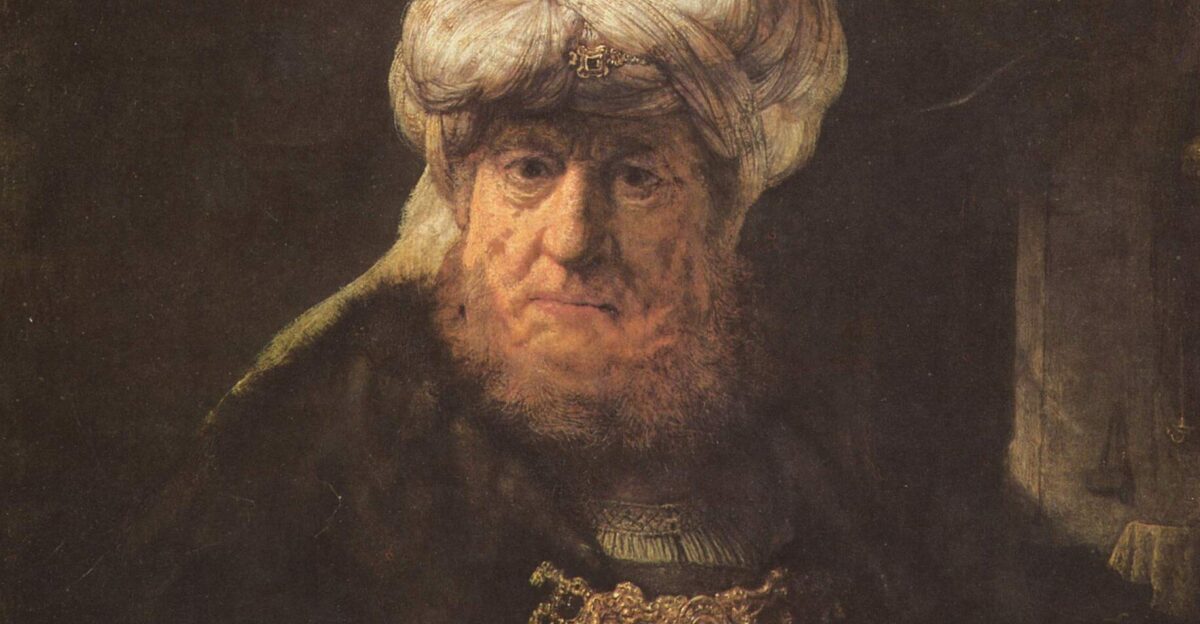
King Uzziah is connected to a massive earthquake during his rule, which the prophets Amos and Zechariah mention in the Bible.
Archaeologists have found proof of this earthquake in many places across Israel, like Hazor, Gezer, and Jerusalem. At these sites, they discovered collapsed walls, smashed pottery, and buildings ruined in a way that matches what an earthquake would do.
Later, a stone plaque on the Mount of Olives mentions that Uzziah’s bones were moved there, showing that people still remembered him as a real king.
14. Ahaziah of Judah
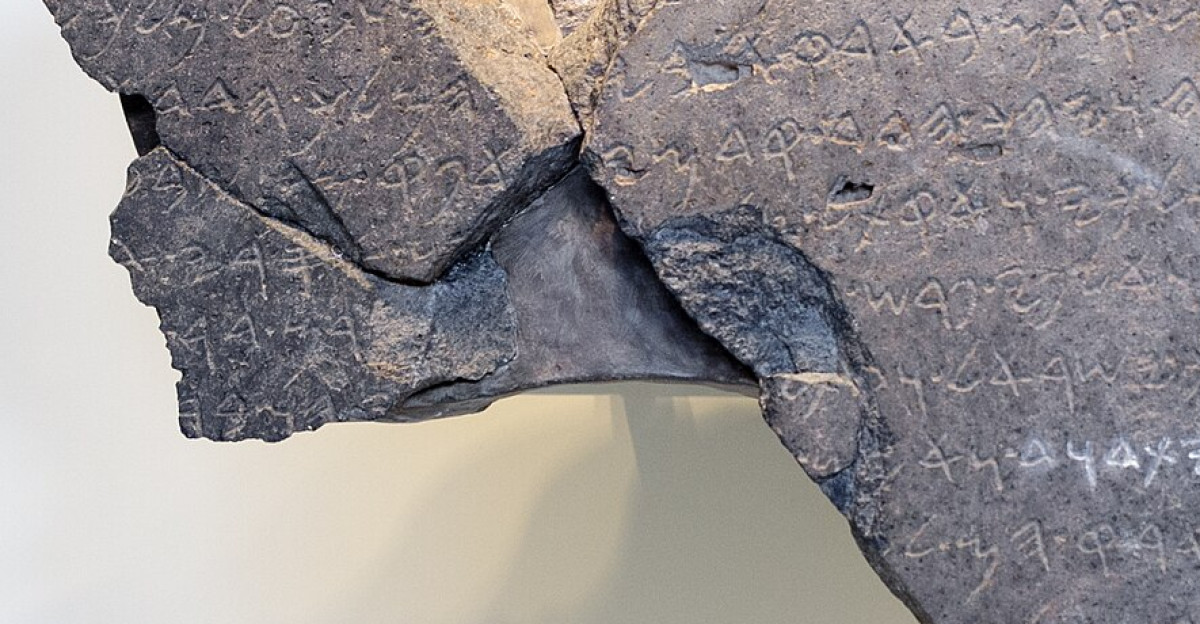
Evidence for King Ahaziah is not as direct as for some other Bible figures, but archaeologists find clues from ancient Jerusalem’s buildings and walls.
Massive stone structures in the oldest part of the city show how the town was protected and expanded over many centuries.
Experts believe these strongholds and supporting walls were started before King David and were repaired and added to by later kings, possibly including Ahaziah and others from his family.
15. Pharaoh Shishak
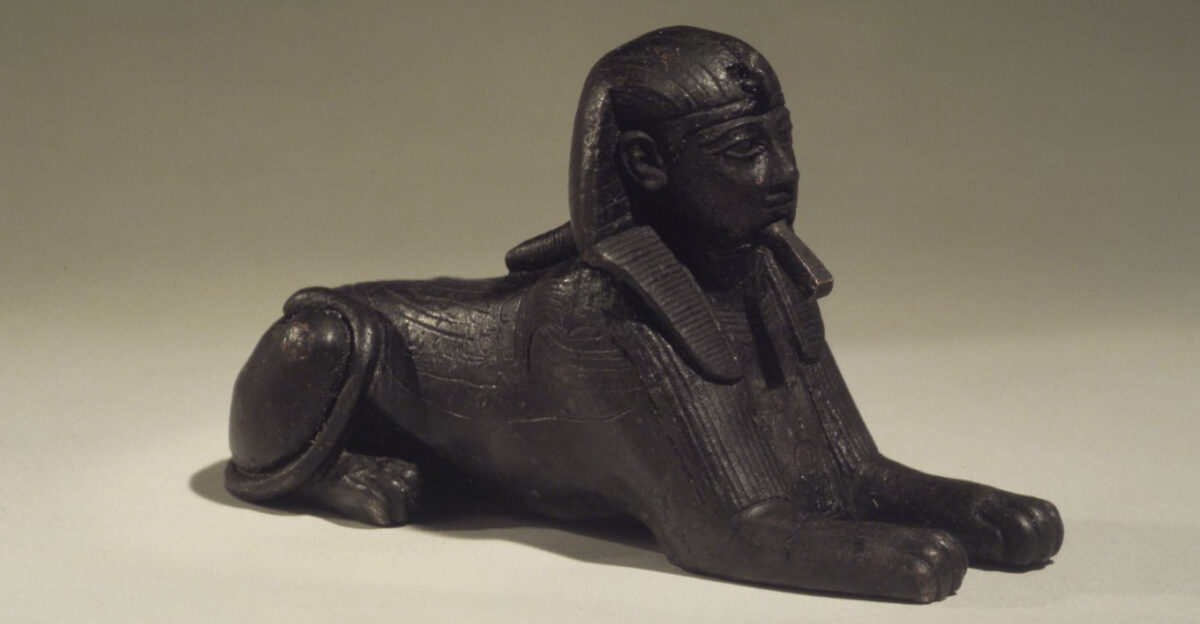
In Egyptian history, Pharaoh Shishak, also known as Shoshenq I, is the first Egyptian king mentioned by name in the Bible.
The Bible says he invaded Judah during King Rehoboam’s rule and took treasure from Jerusalem’s temple.
Archaeologists have found proof that matches this story: at the Karnak Temple in Egypt, there’s a giant stone wall, called the Bubastite Portal, with a carving showing Shoshenq I’s military campaign.
This carving lists 150 towns he conquered, which fits the Bible’s timeline. In Israel, a piece of stone with Shoshenq’s name was found in the ancient city of Megiddo.


